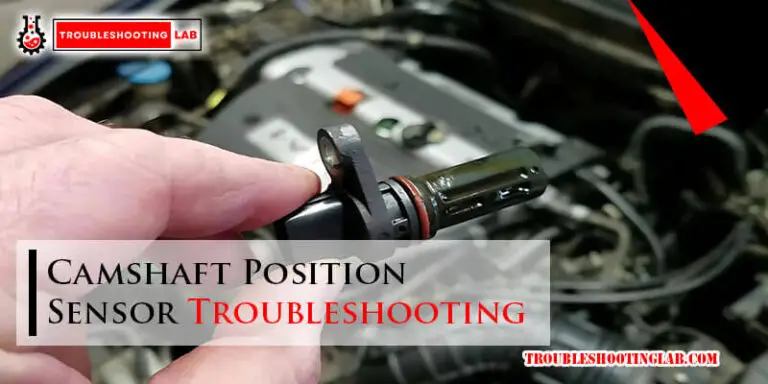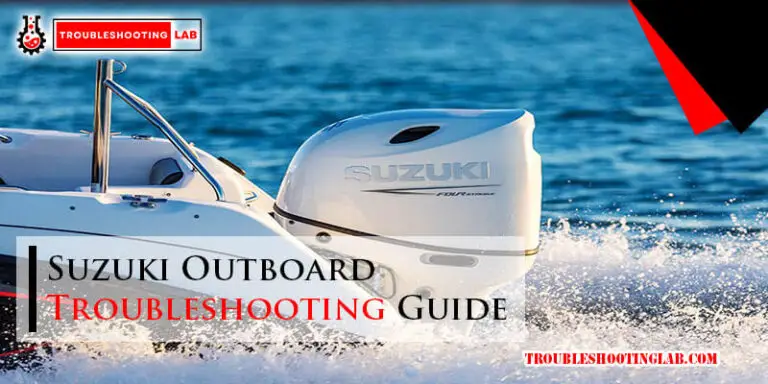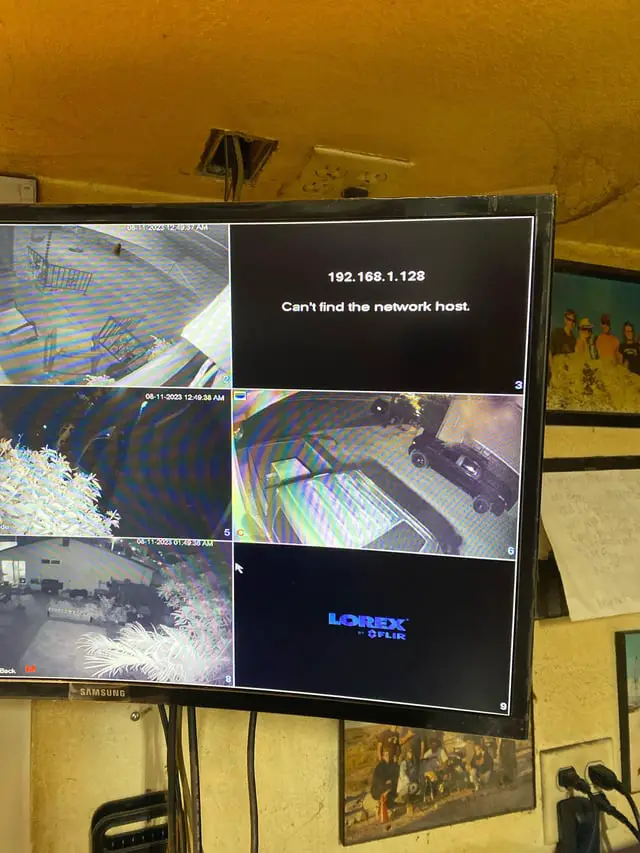Hydraulic Directional Control Valve Troubleshooting: Expert Tips & Solutions
Hydraulic directional control valves are crucial in many machines. They control the flow of hydraulic fluid, ensuring smooth operation.
But what happens when these valves face issues? Troubleshooting becomes essential. Hydraulic systems depend on directional control valves for proper functioning. When these valves fail, it can disrupt entire operations. Understanding common problems and their solutions can save time and money.
This guide will help you navigate through typical issues, offering practical tips. Whether it’s a stuck valve or a leak, knowing what to look for is key. Dive in to learn how to troubleshoot hydraulic directional control valves effectively. Your machinery’s performance depends on it.
Introduction To Hydraulic Directional Control Valves
Hydraulic directional control valves are essential components in hydraulic systems. They control the flow of hydraulic fluid within the system. Understanding their function and troubleshooting common issues can enhance system performance and reduce downtime.
Importance In Hydraulic Systems
Hydraulic directional control valves play a critical role in hydraulic systems. They determine the path that hydraulic fluid takes through the system. This is crucial for the operation of various hydraulic machinery.
Without these valves, hydraulic systems would not operate efficiently. Valves ensure the correct fluid flow direction. This makes them vital for the proper functioning of hydraulic equipment.
Basic Working Principle
The basic working principle of a hydraulic directional control valve is straightforward. The valve directs the hydraulic fluid to different parts of the system. This is done by moving the valve spool to different positions.
In each position, the spool opens or closes various pathways. This allows the fluid to flow to the desired actuator or motor. The movement of the spool is typically controlled by a lever, solenoid, or pilot pressure.
| Component | Function |
|---|---|
| Spool | Controls fluid direction |
| Lever/Solenoid | Moves the spool |
| Actuator | Receives fluid flow |
- Directs fluid within the system
- Controls hydraulic actuators and motors
- Ensures efficient operation of machinery
Understanding these basic principles can help in identifying issues. Knowing how each component functions can aid in troubleshooting.
Common Issues Encountered
Hydraulic directional control valves are critical components in hydraulic systems. These valves help manage the flow of fluid. Yet, they can face common issues that disrupt their function. Knowing these problems can help in quick troubleshooting. Here, we will discuss some typical issues you might encounter.
Valve Leaks
Valve leaks are a frequent problem in hydraulic systems. Leaks can cause a decrease in system efficiency. They can also lead to contamination of the hydraulic fluid. Here are some common causes:
- Worn Seals: Over time, seals can wear out and fail.
- Loose Connections: Connections can loosen due to vibration.
- Damaged Valve Body: Physical damage can cause leaks.
Addressing leaks quickly is important. It prevents further damage to the system. Regular maintenance can help spot potential leak sources early.
Spool Sticking
Spool sticking is another common issue. The spool inside the valve must move freely. Sticking can disrupt this movement. Here are some reasons why spools stick:
- Contaminants: Dirt and debris can block the spool’s path.
- Corrosion: Moisture can cause rust, which affects movement.
- Improper Lubrication: Lack of lubrication can increase friction.
To fix spool sticking, inspect the valve regularly. Clean any contaminants and ensure proper lubrication. This will help keep the spool moving smoothly.
Identifying Valve Leaks
Identifying valve leaks is crucial for maintaining hydraulic systems. Leaks can affect performance and cause significant damage. Knowing the signs and causes helps in timely repairs.
Signs Of Leaks
There are several signs indicating a hydraulic directional control valve leak. The most obvious is the presence of oil around the valve. Oil on the floor or around the equipment is a clear indicator. Another sign is a drop in system pressure. If you notice a decrease, check for leaks. Listen for hissing sounds near the valve. This sound often suggests a leak. Lastly, reduced efficiency in the hydraulic system can signal a leak. If the system isn’t performing well, inspect for leaks.
Causes Of Leaks
Various factors can cause leaks in hydraulic directional control valves. Worn-out seals are a common reason. Over time, seals degrade and allow oil to escape. Incorrect installation can also lead to leaks. If parts aren’t fitted properly, gaps may form. High operating pressure is another cause. Excessive pressure can damage the valve and create leaks. Contaminated fluid may also cause leaks. Dirt and debris can wear down valve components. Regular maintenance and checks can prevent many of these issues.

Credit: www.hydraulicstatic.com
Addressing Spool Sticking
Hydraulic directional control valves are essential for fluid power systems. Sometimes, the spool inside the valve can stick. This can cause system failure or reduced efficiency. Addressing spool sticking is crucial for maintaining smooth operations.
Symptoms Of Sticking
Identifying spool sticking early can prevent bigger problems. Here are some common symptoms:
- Slow or delayed response in valve operation
- Abnormal noise during valve actuation
- Erratic or inconsistent movement of actuators
- Increased effort required to operate the valve
Reasons Behind Sticking
Understanding the reasons behind spool sticking can help address the problem. Here are some common causes:
| Reason | Description |
|---|---|
| Contamination | Dirt or debris in the hydraulic fluid can cause sticking. |
| Wear and Tear | Over time, the spool and valve body can wear out. |
| Improper Assembly | Incorrect assembly can lead to misalignment and sticking. |
| Temperature Fluctuations | Extreme temperatures can cause metal components to expand or contract. |
| Lack of Lubrication | Insufficient lubrication can increase friction, leading to sticking. |
Regular maintenance and inspection can prevent spool sticking. Ensure the hydraulic fluid is clean and free from contaminants. Proper lubrication and correct assembly are also crucial.
Electrical Troubleshooting Tips
Dealing with hydraulic directional control valves often involves electrical troubleshooting. Electrical issues can disrupt valve performance. Understanding common problems helps in resolving them quickly.
Solenoid Issues
Solenoids are vital for valve operation. A malfunctioning solenoid can cause valve failure. Check the solenoid coil for continuity using a multimeter. If there’s no continuity, the coil is likely damaged. Replace the coil if necessary.
Inspect the solenoid for physical damage. Look for cracks or signs of overheating. A burnt smell indicates a problem. Ensure the solenoid receives the correct voltage. Incorrect voltage can hinder performance.
Wiring Problems
Wiring issues can affect valve function. Check all electrical connections for tightness. Loose connections can cause intermittent operation. Inspect wires for wear or damage. Replace any frayed or broken wires.
Use a multimeter to check for electrical continuity. Ensure there are no breaks in the circuit. Verify that the wiring matches the valve’s schematic. Incorrect wiring can lead to malfunction. Proper wiring ensures reliable valve operation.

Credit: www.youtube.com
Hydraulic Fluid Concerns
Hydraulic fluid concerns are common in hydraulic directional control valve systems. Clean fluid is essential for smooth operation. Contaminated fluid can cause various issues. Understanding these concerns helps maintain system efficiency.
Importance Of Clean Fluid
Clean fluid is crucial for hydraulic systems. It ensures smooth valve operation. Clean fluid reduces wear and tear on components. It also prevents blockages in the system. Regular fluid checks help maintain cleanliness. Using the right filtration system is key. It helps remove impurities effectively.
Effects Of Contaminated Fluid
Contaminated fluid can cause serious problems. It leads to increased wear on components. This reduces the lifespan of the system. Contaminated fluid can also cause blockages. This affects the valve’s performance. It may lead to complete system failure. Regular maintenance helps detect and remove contaminants. Using quality fluid and filters minimizes these risks.
Preventive Maintenance Practices
Preventive maintenance for hydraulic directional control valves ensures longer life and reduced downtime. Regular maintenance can help identify potential issues before they become major problems. Here, we focus on key practices to keep your hydraulic system running smoothly.
Regular Inspection Routines
Regular inspections help detect early signs of wear and tear. Create a checklist to ensure no part is overlooked. During inspections, look for:
- Leaks around seals and fittings
- Unusual noises during operation
- Signs of corrosion or rust
- Loose or damaged connections
Use a visual inspection combined with functional tests. Test the valve’s response to control inputs. Check for smooth and accurate movements.
Proper Lubrication
Proper lubrication reduces friction and wear in moving parts. Follow the manufacturer’s guidelines for lubrication intervals and types of lubricants. Key points to consider include:
- Use recommended lubricants only
- Avoid over-lubricating as it can attract contaminants
- Ensure all moving parts are adequately lubricated
Document each lubrication session. This ensures consistency and helps track maintenance history.
Proper preventive maintenance practices are crucial. They keep your hydraulic directional control valves operating efficiently. Regular inspections and proper lubrication can save time and money.

Credit: www.youtube.com
Expert Solutions And Best Practices
Hydraulic directional control valves are crucial in many industrial applications. Proper troubleshooting can save time and money. This section covers expert solutions and best practices for maintaining and repairing these vital components.
Proven Repair Techniques
Identifying the root cause of a valve issue is essential. Start with a thorough inspection. Check for any signs of leaks or wear on the valve body. Ensure all connections are secure.
If a valve is not functioning, inspect the coil. Use a multimeter to check for continuity. A faulty coil may need replacement.
- Clean the valve: Dirt and debris can cause blockages. Use a solvent to clean the components.
- Replace seals: Worn seals can lead to leaks. Always use the correct size and type.
- Lubricate moving parts: Reduces friction and wear. Use a lubricant recommended by the manufacturer.
Test the valve after repairs. Ensure it operates smoothly. If issues persist, consult the manufacturer’s manual.
Tips For Longevity
Regular maintenance extends the life of your hydraulic valves. Follow these tips to ensure longevity:
- Inspect regularly: Schedule routine inspections. Look for signs of wear or damage.
- Use clean fluid: Contaminated fluid can cause damage. Use filters to keep fluid clean.
- Check pressure: Ensure system pressure is within the recommended range. High pressure can damage valves.
- Train personnel: Ensure that operators understand the system. Proper use reduces the risk of damage.
Keeping a maintenance log can help track the condition of your valves. Record any repairs and inspections. This can identify patterns and predict future issues.
| Maintenance Task | Frequency | Remarks |
|---|---|---|
| Inspect for Leaks | Monthly | Check all connections and seals. |
| Fluid Check | Quarterly | Ensure fluid is clean and at the correct level. |
| Pressure Check | Bi-Annually | Verify system pressure is within the recommended range. |
Frequently Asked Questions
What Causes Hydraulic Directional Control Valve Failure?
Contaminated fluid is a common cause. Dirt and debris can damage the valve.
How Do I Identify A Stuck Hydraulic Valve?
Check for sluggish movement or no movement in the hydraulic system.
Why Is My Hydraulic Valve Not Shifting?
Low hydraulic fluid level or pressure can prevent proper valve shifting.
Can Air In The System Affect Hydraulic Valves?
Yes. Air pockets can cause erratic valve operation and reduced efficiency.
How Do I Fix A Leaking Hydraulic Valve?
Inspect seals and O-rings. Replace damaged components to stop leaks.
Conclusion
Effective hydraulic directional control valve troubleshooting ensures smooth operations. Regular checks prevent major issues. Quick fixes save time and money. Understanding common problems helps maintain system efficiency. Always follow safety protocols during inspections. Consult manuals for specific guidelines. Proper training is essential for accurate diagnosis.
Keep spare parts handy for urgent repairs. Maintain a clean work environment to avoid contamination. Continuous learning keeps you updated on best practices. Stay proactive to avoid costly downtime.






